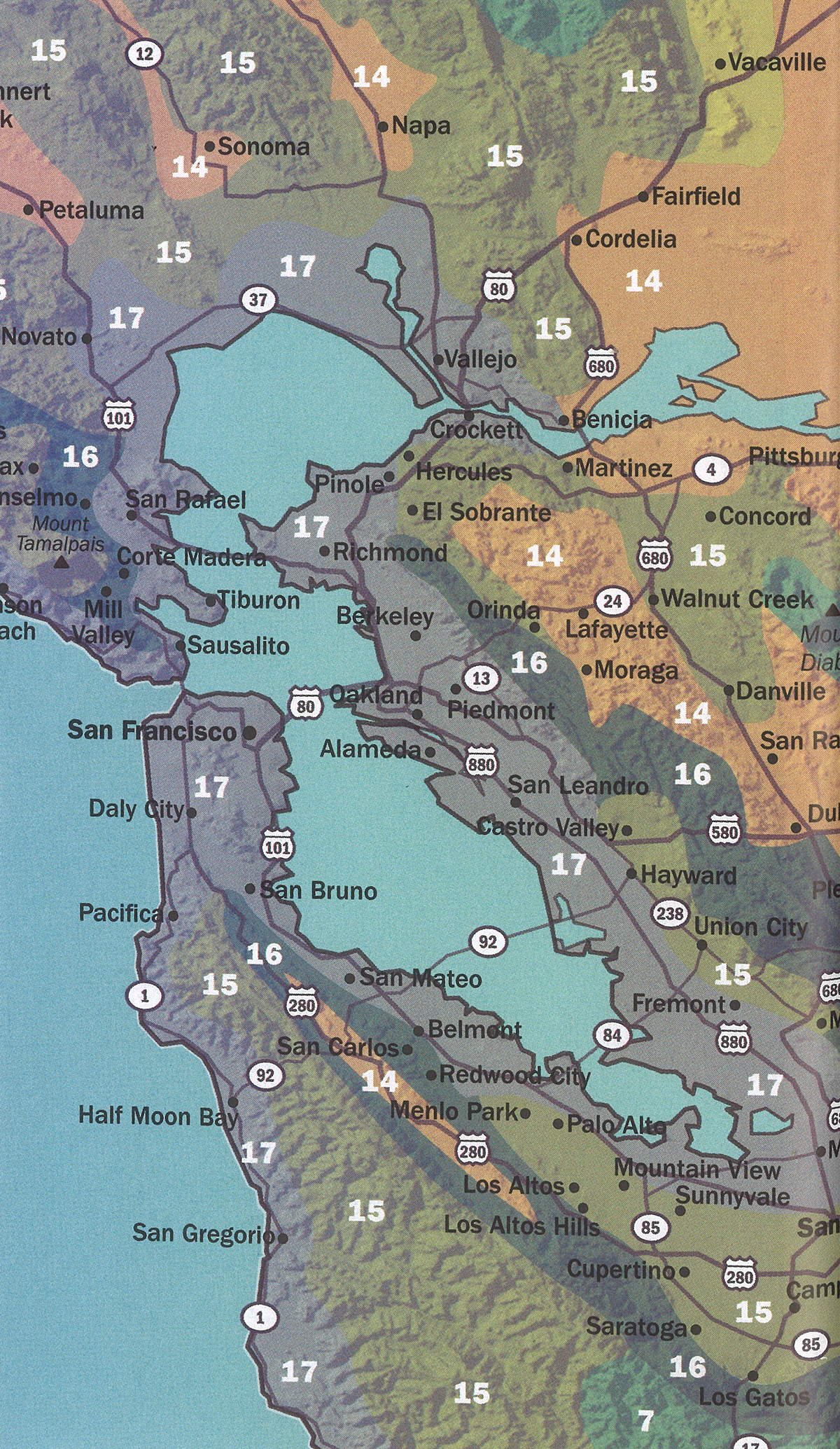


| synonyms | Trachycarpus sikkimensis | |
| height | 25–40ft | |
| width | 6–10ft | |
| tolerates | Cool Summers, Fog, Pots | |
| water needs |
Moderate | |
| water info |
This palm should be watered deeply every week or two once it’s established. It doesn’t want to ever dry out completely. We have heard of this palm thriving when planted in an area of standing groundwater (to the point where it filled the holes over night at the time of planting). This was in San Francisco. In this particular instance they watered the palm well for one year and haven’t watered it since and it looks flawless. |
|
| hardy to |
23F | |
| exposure | Full Shade – Full Sun | |
| indoor outdoor |
Outdoor | |
| drainage | In Ground: Cactus Mix, In Pots: Cactus Mix, Tolerates Heavy Soil, Tolerates Sandy Soil | |
| fertilizing | Palm Fertilizer | |
| origin | Sikkim, India | |
| california native |
No | |
| sunset zones |
14–24 |
Full Sun
Six or more hours of sun beams directly landing on the plant's leaves.
Part Shade
Three to five hours of sun beams directly landing on the plant's leaves.
Part Sun
One to two hours of sun beams directly landing on the plants leaves.
Full Shade
The plant is never fully lit by sun beams,
but is in a bright spot or has dappled sunbeams playing over the leaves throughout the day.
Deep Shade
The plant never has dappled light on the leaves, and is in a place that feels dim, even on a nice sunny day.
